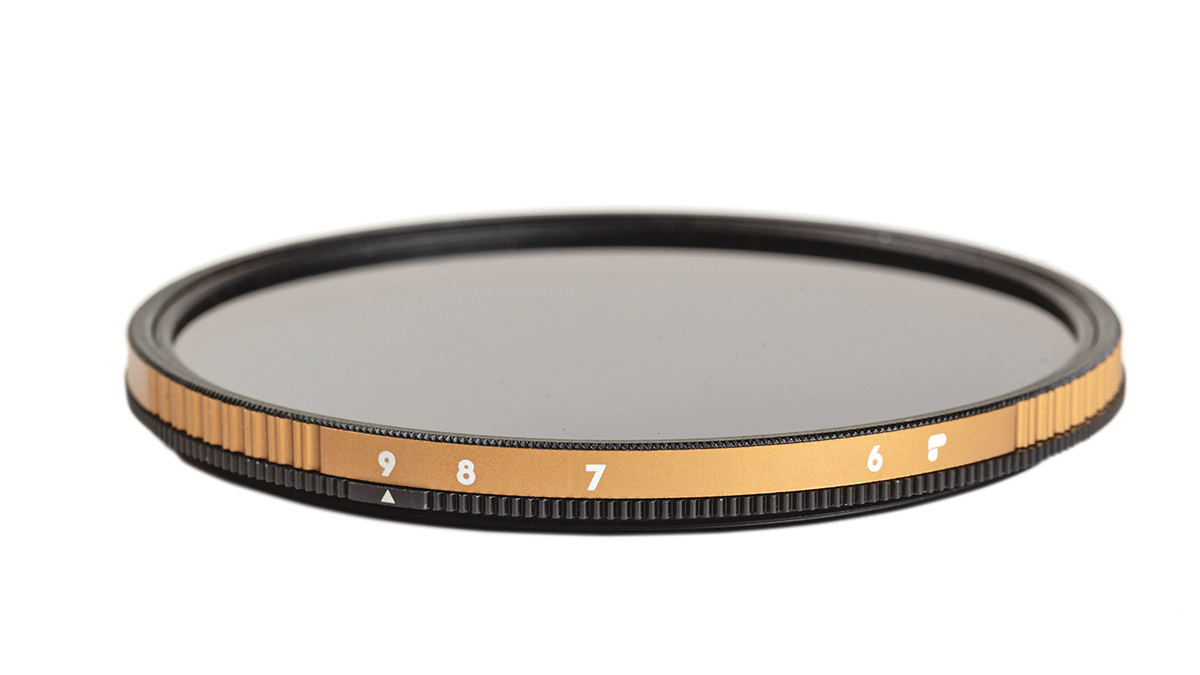Product review: PolarPro variable neutral density filters
Review of PolarPro variable neutral density filters
• December 2019 issue
Variable neutral density (VND) filters are the solution to a range of needs for both still and video photographers. With control over the amount of light striking the digital sensor, still photographers can use slower shutter speeds to record movement, blur moving water and clouds, and control depth of field to isolate a subject against a blurred background in full sunlight.
For videographers, neutral density (ND) filters are essential, and a variable neutral density filter provides exposure control without the need to change from one ND filter to another. In video mode, shutter speed is fixed. By adjusting the amount of neutral density used in a take, videographers can select an aperture that produces the desired depth of field and can shoot in bright conditions that might otherwise cause overexposure. In addition, a variable neutral density filter is small, lightweight, and doesn’t require a matte box.
VND filters comprise a stack of polarizing filters. Closest to the lens is a circular polarizer that consists of a linear polarizing filter in front of a quarter-wave plate. This creates the familiar polarization effect while still allowing the camera to focus and set exposure automatically. Add a rotating linear polarizing filter in front of the circular polarizer and you have a variable neutral density filter that allows focus and exposure automation. Despite this stack of polarizers, there is no actual polarization of the scene.
To deliver the image quality you’d expect from lenses designed for the latest generation of high-megapixel still and video cameras, the highest quality multicoated filters are required. An important gauge of quality for a VND filter is the lack of color shift as the filter is rotated. Manufacturing precision that allows for easy filter attachment and removal is also necessary.
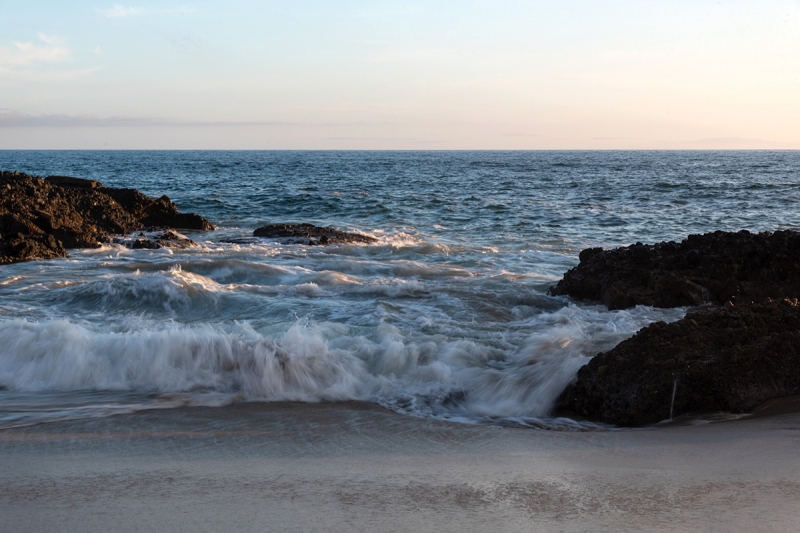
No filter
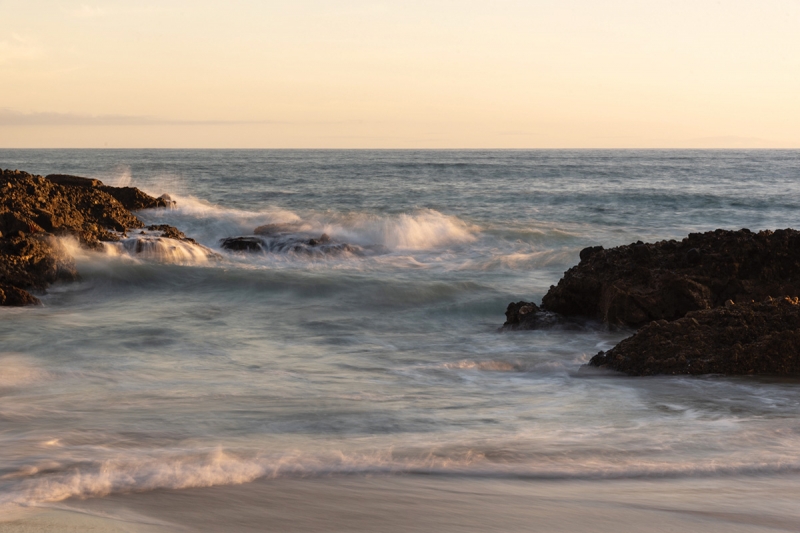
ND3 filter
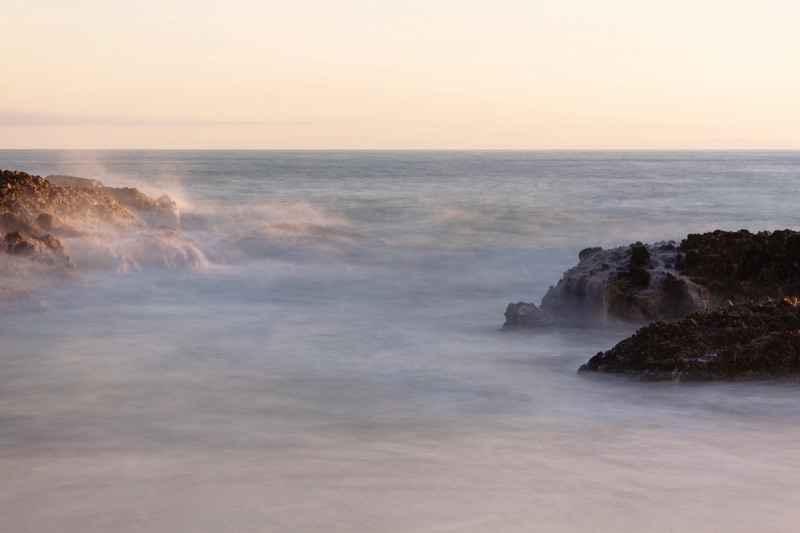
ND8 filter
NEW VND FILTERS
PolarPro has introduced two high-quality VND filters. One covers the range from ND4 to ND32 (approximately 1 stop to 5 stops), and the other covers the range ND64 to ND512 (approximately 6 stops to 9 stops). They are available for lenses requiring 67mm, 77mm, and 82mm filters. MSRP for the 2- to 5-stop filters is $249.99 and $299.99 for the 6- to 9-stop filters regardless of filter size. I tested both filters in the 77mm diameter.
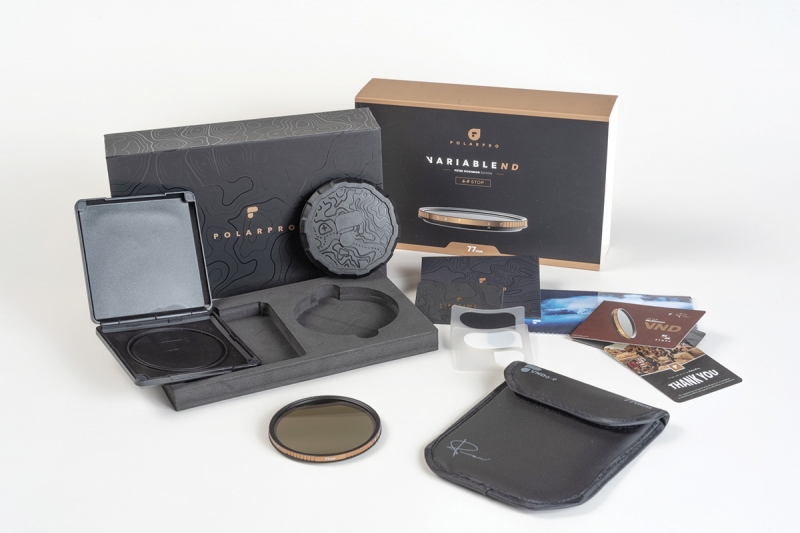
I’m impressed by the care taken in the packaging of PolarPro filters. A fairly large box with a tightly fitting slide-off cover contains a hard case that holds the filter. Inside the box is a soft pouch for the hard case, a microfiber cloth for cleaning, and a small literature packet holding the lifetime warranty, decals, and other info. Within the hard case, the filter itself is encased in a rubberized surround that serves to provide further protection. In practical use, you can decide how many shells of protection you want with consideration for the time it takes to access the filter for use.
Similar to PolarPro’s Quartzline filters, the VNDs are crafted from fused quartz, chosen for its low refractive index and optical characteristics that prevent color shifts and casts.
Each quartz surface has eight layers of coating. These include anti-reflective coatings, anti-scratch coatings, and an outer hydrophobic coating for easy cleaning. The filter frame is aluminum rather than the brass used in the Quartzline filters. Both filters aligned easily and screwed smoothly onto each lens. The frames are reasonably thick, which makes mounting and removal easy. Since the full diameter of the filters is greater than 77mm, I did not experience any vignetting when using my 17-35mm at 17mm.
The neutral density is adjusted by turning the outer ring, which moves in both directions, so it’s important that it’s mounted securely to the lens. The outer ring rotation is less than 90 degrees with an extremely smooth action, and I never had an issue with the filter loosening.
PolarPro has done VND right. Unlike some other VND filters I’ve tested, I found no color shift when adjusting them through their ranges, which I checked with a Spyder-Checkr 24 target under controlled conditions. There’s a slight shift in color temperature and tint between filtered and unfiltered captures that is easily corrected in post-production. There was no apparent loss of sharpness between the captures without the filters and those at any neutral density attenuation.
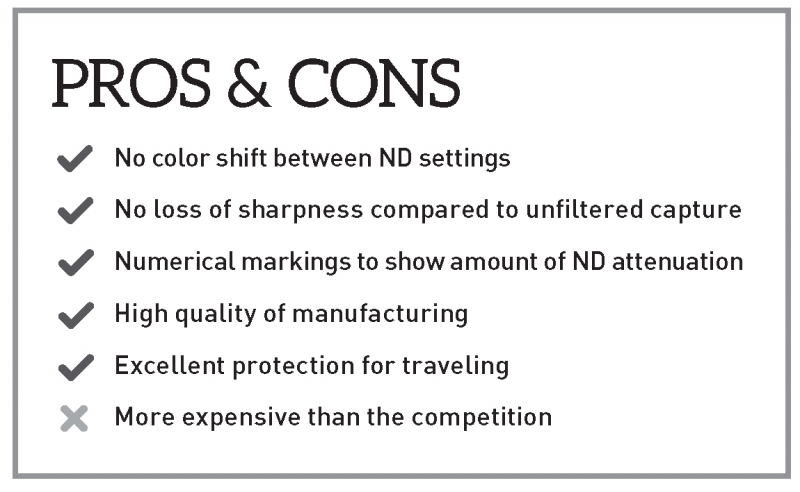
Other VND filters allow you to rotate the outer ring beyond the point of maximum neutral density, causing banding and other artifacts that you are not likely to notice until you download the images. Not so with the PolarPros. The rotation angle is controlled with hard stops on both ends so you never have a problem.
And the PolarPro design has something I’ve never come across before. The outer ring is numbered from 2 to 5 on the one VND and 6 to 9 on the other. Where other manufacturers provide reference numbers and a fixed mark, those on the PolarPro filters correspond well to the actual amount of neutral density you’re dialing in. Bravo!
Even at the maximum ND9 setting, my Nikkor f/2.8 lenses were easily able to focus, although using live view simplified composition. You can always focus at the minimum amount of density increase and then rotate the outer ring to the neutral density desired.
A variable neutral density filter is an important addition to any photographer’s equipment kit, especially landscape photographers and videographers. It gives control over aperture or shutter speed depending on the situation and enables you to carry only one filter rather than a set of filters. The variable neutral density filters from PolarPro are the best I’ve tested. •
Stan Sholik is a photographer and writer in San Clemente, California.
Tags: lenses

